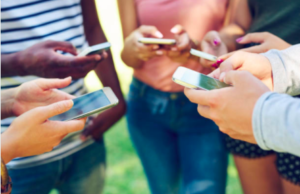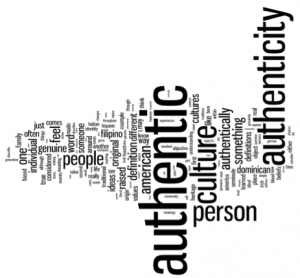 Written by Mollie Markey
Written by Mollie Markey
Social media is used by many as a tool to receive updates on the world and stay in touch with the latest news stories. People follow, reply, share, and retweet different news articles on personal social media accounts, such as Facebook, Snapchat, Instagram, and Twitter. Using social media to engage with others and spark discussion about different news topics is a great way to get involved in certain conversations, but also can be harmful if these news stories are fabricated or exaggerated; false news stories are known as “fake news”.
“Fake news” was named as 2017’s word of the year, yet it is still hard for the public to agree what to do about it moving forward and how much of an issue it really is. Is “fake news” defined as satirical news stories posted on The Onion? Could “fake news” fall under the category of conspiracy theories? Political skits on Saturday Night Live? According to two studies about the “fake news” spread during the 2016 election and mass shooting events, it was determined that fake news is spread to “promote political ideologies or profit from sensationalist attitudes”. In addition, fictitious stories can be created in an attempt to influence public opinion or for financial gain. Not only is America’s trust in the media at an all-time low due to “fake news”, but close to half of the public lost trust in content posted by brands they know as well.
An example of “fake news” being spread on social media is the mass shooting in Las Vegas last year. Rumors began to spread on Twitter after the shooting that multiple gunmen were responsible for the attack. In addition, pictures of a man circulated Twitter stating that he was the attacker. Political rumors scattered around ranging from accusations that the attacker was anti-Trump, to accusations that he was Trump’s biggest fan. False stories about missing people and victims were spread online; as these stories were picked up by multiple news outlets, confusion swept the world on the true story of the Vegas shooting. This shows how powerful social media can be as a platform for the spreading of misinformation.
Social media platforms are attempting to combat the issue of “fake news” by allowing users to report potential “fake news” stories. For example, Twitter is developing crowdsource-based technology to flag “fake news” and Facebook has created a new way for users to flag stories as well. While social networks are at the forefront of spreading “fake news” rapidly, the reporters and editors giving the public the news are responsible for proper fact checking. Social media is a dynamic part of many people’s daily update of current national and international news stories. In the future, it will be important for prominent platforms to censor news information that circulates online in order to provide the public with true happenings of events.
Contact:
Twitter: @molliemarkey
LinkedIn: https://www.linkedin.com/in/mollie-markey-2017/
Photo source:




Mollie, I recently read an article that stated less than 3% of Americans cited print as their most important source of campaign news during the 2016 election. The daily digital clutter we as a society dig through greatly contributes to the oncoming wave of fake news. Sources are more capable now than ever to produce information at a moments notice, whether the information is true or not. I remember receiving updates on the Las Vegas shooting and reading the false claims about multiple shooters and their ties to ISIS. It is great to hear Twitter and Facebook are developing its new flagging technology, giving editorial power to virtually everyone. Because social media is such a large disseminator of information, it is important it is as error-free as possible.
https://www.nytimes.com/2018/03/07/technology/two-months-news-newspapers.html
I appreciate the breakdown of what really defines “fake news”. I often find myself lost in the concept and questioning every major news I find on social media by cross checking with at least 3 credible news sites. I find it funny how with print “fake news” wasn’t a term coined yet now that our digital era has taken over we find ourselves wrapped in thoughts of “fake news” or real news. By allowing a giant space of users to interact with each other where they could almost say whatever they want leaves a gap in which the public could alter the perception of news.